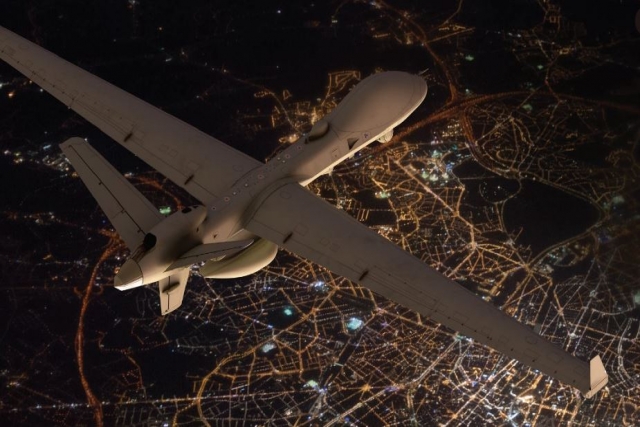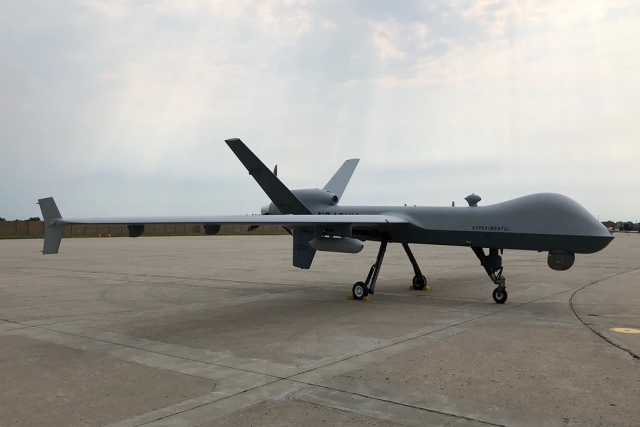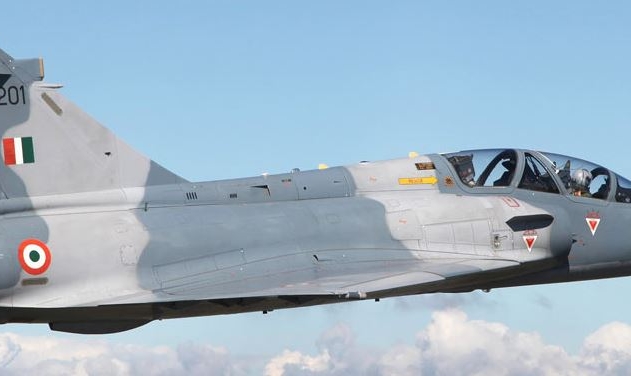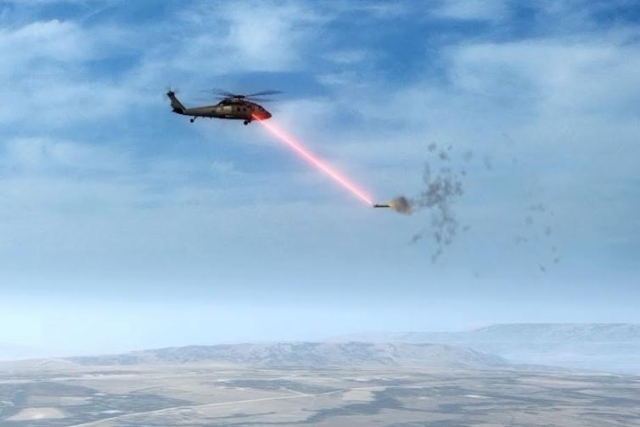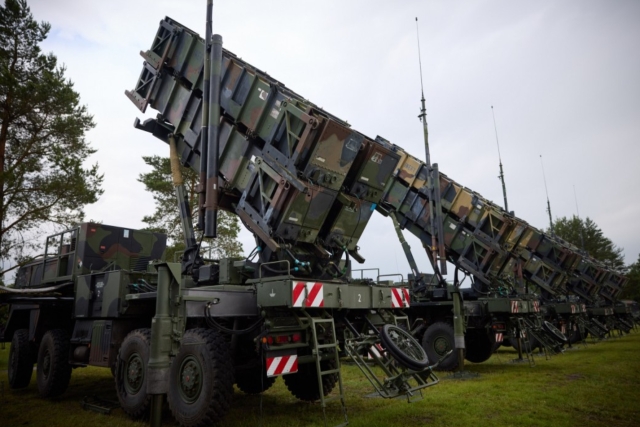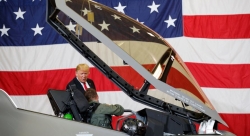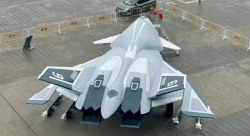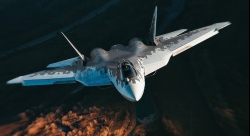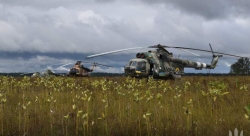General Atomics Unveils MQ-9 Successor Drone With 'Ultra-Long Endurance'
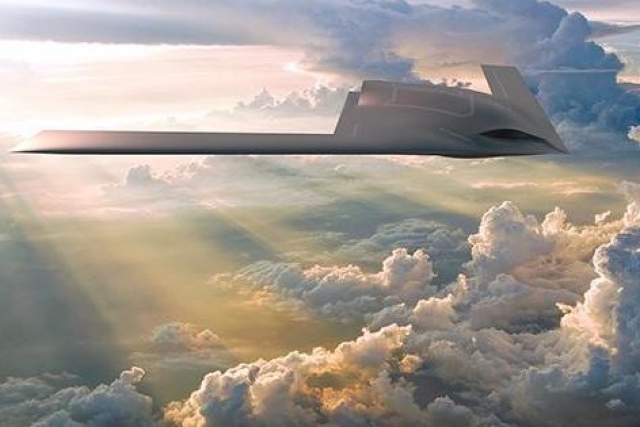
General Atomics has unveiled a rendering of its stealthy, next-generation unmanned aircraft system (UAS) that could replace U.S. Air Force’s MQ-9 Reapers by early 2030s.
“The UAV will have a flying wing design. We’re embracing ‘ultra-long endurance’ to keep our next-generation ISR [and strike UAV] in the fight for longer periods than many ever imagined possible. The proposed aircraft will have the ability to stay engaged in the fight far longer than current-generation [UAVs],” General Atomics president David Alexander was quoted as saying by Flight Global today.
The MQ-9A can remain in the air for 27 hours. Some of the drones with highest endurance are MQ-1C Gray Eagle Extended Range (42 hours), Orion UAS (120 hours) and Heron (45 hours).
In June, the U.S.A.F launched an effort to replace its Reapers, eight years after the previous attempt failed. The service had sought to procure a more survivable combat UAV that could operate in contested spaces where a Reaper cannot fly.
The Air Force was reportedly “worried” that the MQ-9 is vulnerable to sophisticated radar-guided surface-to-air missiles that are fielded by China and Russia, foreign media reported today.
So on June 3 this year, it issued a request for information (RFI) on a next-generation unmanned aircraft with strike, intelligence, surveillance and reconnaissance capabilities.
“With the MQ-9 platform planning for end of service life, a need to identify a solution that continues to provide for this demand is imperative,” the RFI stated. “The purpose of this RFI is to research potential solutions for the Next Generation UAS ISR/Strike platform, the Next Generation Medium Altitude UAS and potential follow-on program to the MQ-9 weapon system.”
The company aims to rely on different forms of aircraft autonomy, including artificial intelligence (AI) programs, to reduce the manpower needed to fly the aircraft and speed up the pace at which ISR information is gathered, digested and passed along.
“We believe it is imperative that future unmanned systems are able to communicate, share information, and collaborate — together, and intuitively with their human counterparts — across systems and domains in record time,” Alexander added.
